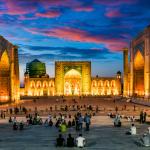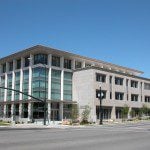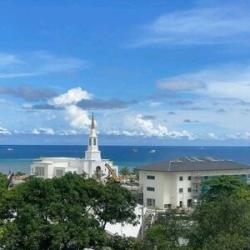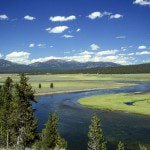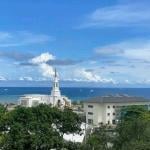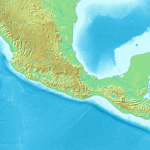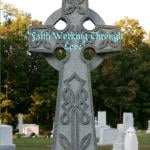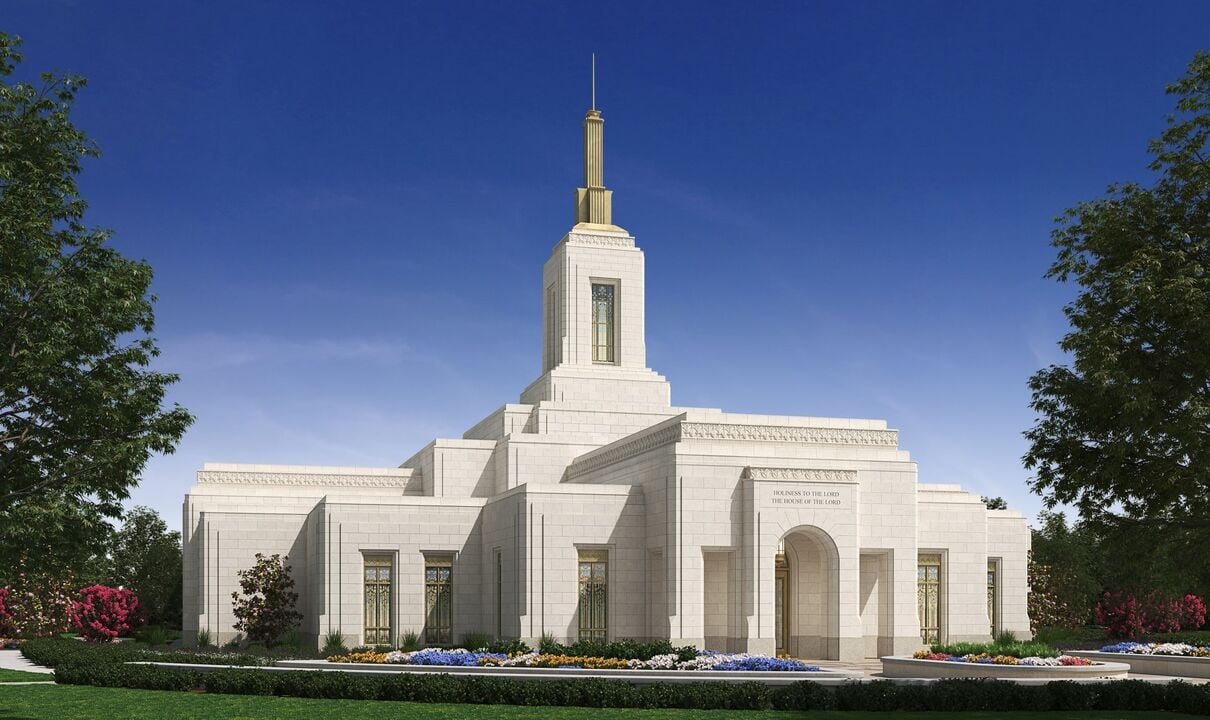
I wrote the other day regarding the approval of a temple in Texas about which considerable and acrimonious controversy has swirled. (See “Quick Thoughts Occasioned by the Fairview Texas Temple.”) I’ve received some email responses to my position and I’ve seen some online reactions to the agreement that has evidently been reached, and I think that I want to reply to them, very briefly and perhaps only on a single point.
The Fairview city council has evidently suggested — pretty openly — that it was essentially coerced into accepting the greatly downsized temple plan offered by the Church, solely because it feared that its stance would not prevail in court. It would have preferred something much smaller still, apparently. (Perhaps an earth-sheltered or even completely subterranean version?) And critics of the Church have described this as a case of little David (the city of Fairview) being confronted by a gigantic and menacing Goliath (“Mormon Inc.,” as some like to describe it) that would flatly outspend and out-lawyer the town’s hardworking, worthy, and honest burghers. It was, the critics say, a matter of vicious and coercive “bullying” and, thus, the Church is wholly immoral and deserving of condemnation.
First of all, I see no reason in principle to condemn either party, in a case of genuine legal dispute, for availing itself of the right to have its claims heard in a court of law. That is the reason that such courts exist. They peacefully adjudicate disagreements. And I’m aware of no moral obligation, whether legal or religious, to surrender one’s constitutional rights or legal guarantees.
But, for the sake of discussion, let’s accept the malignant caricature of the “LD$ ‘Church'” proffered by some of its critics: The fact is that, in American courtrooms, massive and powerful corporations fairly often lose to relatively insignificant plaintiffs. Even with its supposedly unlimited supply of hired legal guns, the “so-called Church” could lose in a courtroom, especially if its legal arguments are manifestly flimsy. (The Church has lost a number of verdicts over its history, whatever the merits of the cases may or may not have been.)
Obviously, it could really turn out that poor and defenseless little Fairview might fail to persuade a judge because of the massive legal resources deployed against it by the evil cultic behemoth based in Salt Lake City. But surely there is at least one other conceivable explanation for the city council’s worry that Fairview might not prevail at trial: Perhaps they knew, or at least feared, that their case wasn’t a solid one. Perhaps their lawyers had warned them that they were on shaky ground and that a ruling — in an inevitably expensive judicial process — could easily go against them.
In such a case, one so inclined might even suggest that the bullying, if there really was any, might hypothetically have been on the city’s part rather than on the Church’s part, and that, so understood, it would be the Church that stood up to the city’s attempt at intimidation rather than the other way around. I can’t see into the souls on the Fairview city council, so I’m neither judging nor hurling an accusation. I will say this, though: I know many of the highest leaders of the Church of Jesus Christ of Latter-day Saints, and I’m confident that they aren’t malevolent bullies.
It would be far preferable, in all such cases, to assume good faith on both sides, and to forego demonizing those with whom we disagree. In proof that the Church has behaved badly in Fairview, one ex-Mormon critic points out that he spent a little bit of time in or near that town back in the 1990s, and that the people that he met there were nice. Perhaps he’s forgotten that, during his time in the Church, several Latter-day Saints were nice people, too. (I’ve met two or three myself!) American public discourse is too frequently toxic today, and not only on the presidential level nor even only in partisan politics.
(A parenthetical postscript: There was bitter opposition on the part of at least some to the construction of the Cody Wyoming Temple — a 9,950 square foot structure, to be located on a very nearly 4.7-acre lot — which, after successfully withstanding multiple legal and political challenges, is now nonetheless well underway. I followed the Cody case more closely than I’ve followed the Fairview case, and I often saw allegations that the Cody Wyoming Temple, if allowed to exist, would loom over the city, dominate its skyline, block views of the surrounding mountains, and obscure the sky. I invite you to examine recent construction photos out of Cody and to judge for yourself how likely those dire prophecies are to be fulfilled.)
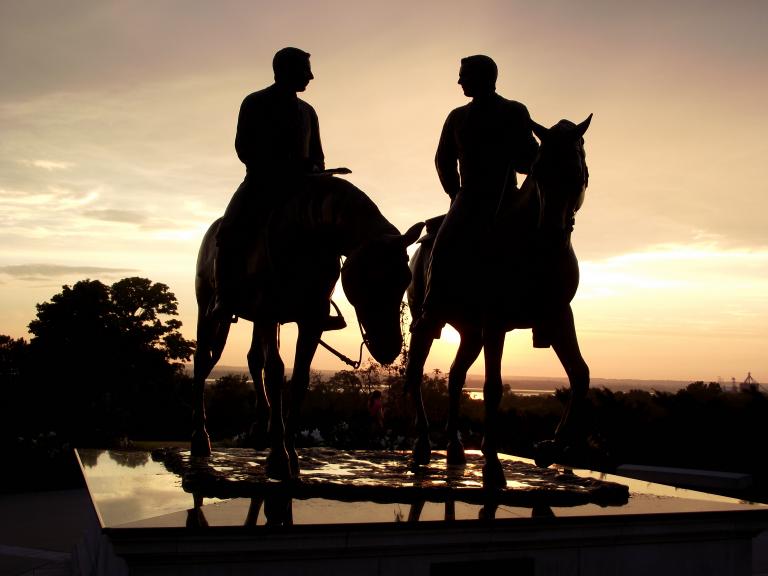
(Wikimedia Commons public domain image)
We have some fairly early photographic images of Brigham Young and, still fairly recently, a very probable image of Oliver Cowdery was found. (From my point of view, at least, he looks remarkably like our “Oliver Cowdery” in the 2021 Interpreter Foundation film Witnesses.) Sadly, though, we have not had a photograph of Joseph Smith, the founding prophet of the Restoration. And the sketches and paintings of him that have come down to us frankly seem, to me anyway, to be all over the map.
Our salvation obviously doesn’t depend upon whether we know what Joseph looked like. For that matter, very few of us today know what Jesus looked like. Right? And yet, notwithstanding what some of our more disingenuous critics sometimes claim, Jesus is far more central to our faith and fundamental to our salvation than is Joseph.
Is it possible, though, that we now do have an authentic daguerreotype image of Joseph Smith? This video interview runs just slightly more than two hours and eight minutes, and I think that many of you will find it to be of interest: “BREAKING New Joseph Smith Photo Evidence! w/ Curtis Weber”


